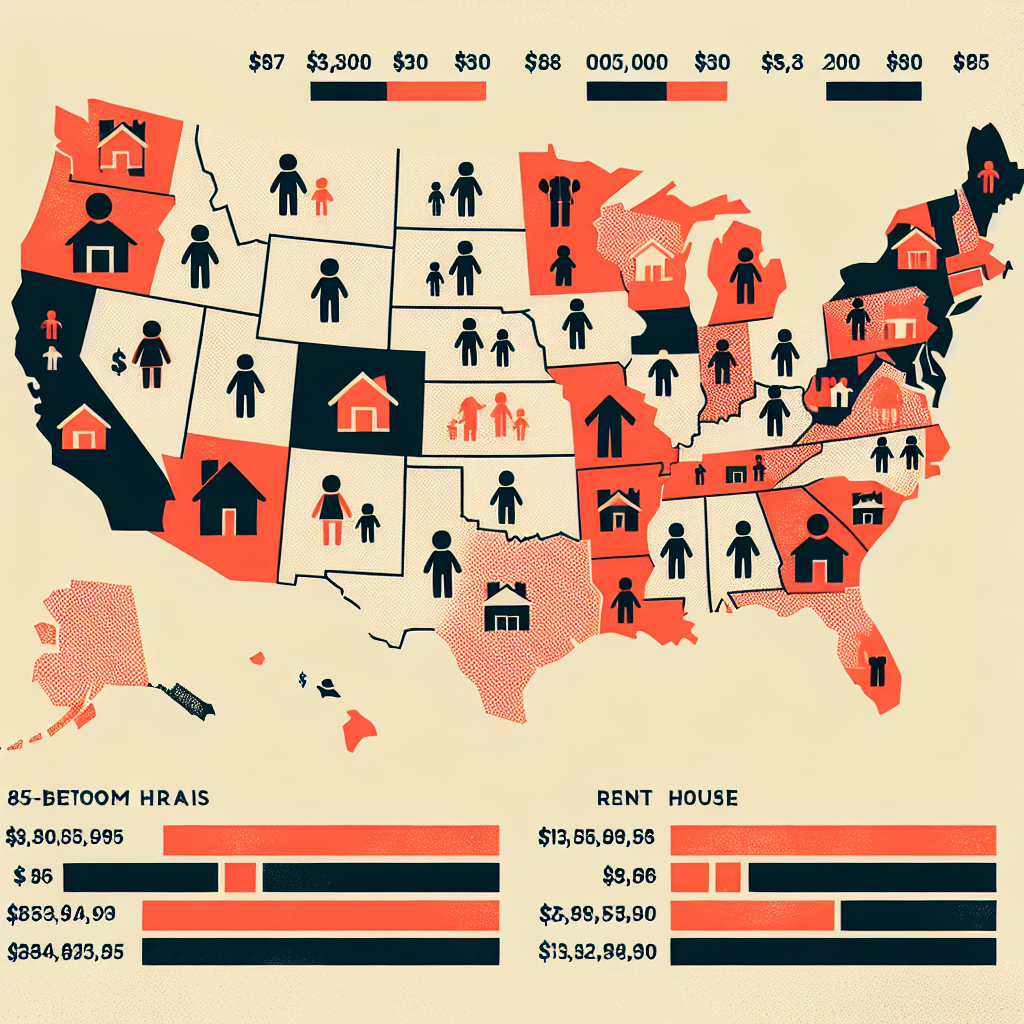According to a recent analysis by the online lending platform LendingTree, millions of Americans are paying more for childcare every month than they are for rent.
Researchers found that in 85 out of 100 metropolitan areas surveyed, the cost of raising two children exceeds the cost of a two-bedroom house or apartment.
The most imbalanced areas for two-child families are Omaha, Nebraska (111.3%), Milwaukee, Wisconsin (110.9%), and Buffalo, New York (105.6%).
“Spending nearly $1,300 a month on childcare is a huge burden for parents, but most families have no choice,” said Matt Schulz, Chief Consumer Financial Analyst at LendingTree. “They can’t stay home to care for their children. They don’t have family or friends to rely on for childcare help. They have no choice but to spend a significant amount of money on childcare every month. This makes an already challenging financial situation even more challenging.”
The study found that in 11 major metropolitan areas, infant childcare costs even more than rent.
Springfield, Massachusetts has the highest cost disparity, with an average childcare cost of $1,996 compared to a median rent of $1,734 for a two-bedroom house or apartment.
Milwaukee ranks second with childcare costs at $1,536 and average rent at $1,338, followed by Wichita, Kansas at $1,256 for childcare and $1,099 for rent.
Cities like Omaha, Baltimore, Buffalo, Syracuse, Spokane, Minneapolis, and Toledo are also among the top ten metropolitan areas where childcare costs are almost equal to rent.
California and Florida have the top ten cities in the United States with the lowest relative childcare costs for infants and 4-year-old children compared to rent.
LendingTree researchers drew these conclusions after reviewing data from Child Care Aware of America and the U.S. Department of Housing and Urban Development.
“For those facing the greatest challenges in childcare, help is available,” Schulz said. “Seek assistance from local, state, and federal government agencies designed to help financially struggling parents, and consider reaching out to religious organizations and other non-profits. Swallowing your pride to seek help may not be easy, but if it’s important for your family, you can do it.”
According to data released by the U.S. Department of Labor in November 2024, full-time childcare expenses for a single child in American families represent 8.9% to 16% of their income.
A report released by the American Bank Research Institute on October 28 highlighted that the rising cost of childcare is leading more parents, especially those from low-income families, to leave their jobs to stay home and care for their children.

